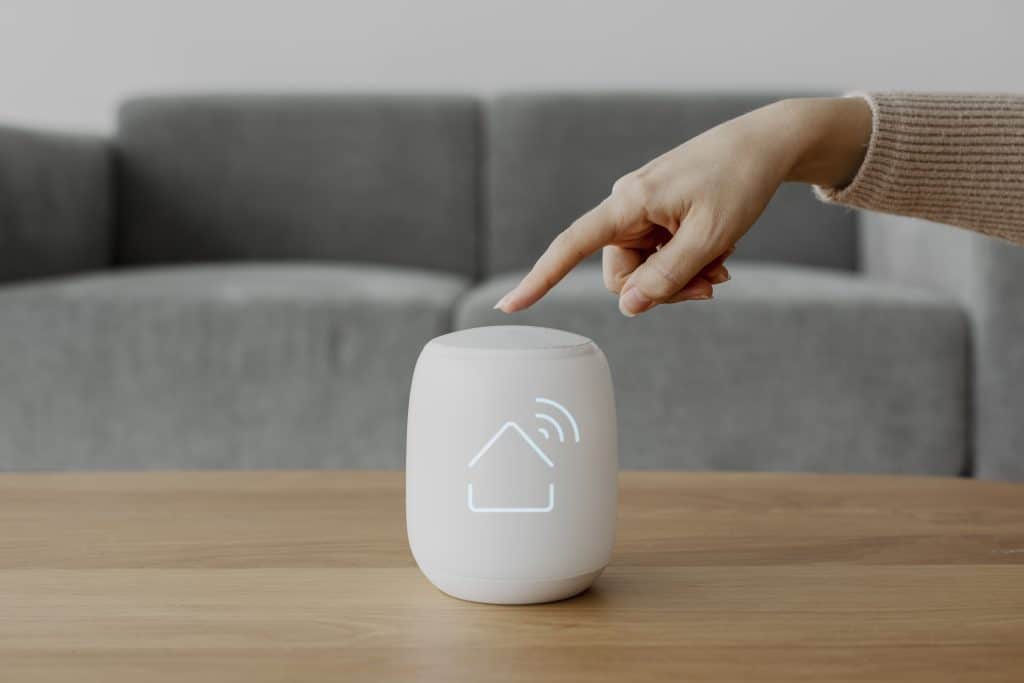In the era of advanced technology, the concept of a smart home is becoming more accessible to homeowners worldwide. Creating a smart home no longer requires deep pockets or technical expertise, and can now be achieved with minimal investment. By integrating simple, affordable smart devices, homeowners can significantly enhance their comfort, security, and energy efficiency without spending a fortune. This article highlights the benefits of creating a smart home on a budget and offers practical tips for maximizing technology.

Why Smart Homes Are Gaining Popularity
Smart homes have emerged as one of the most popular trends in modern living. Statista predicts the global smart home market will reach 79.16 billion dollars by 2025, driven by increased automation interest.
1. Improved Energy Efficiency and Lower Utility Bills
One of the most significant benefits of a smart home is the potential for reduced energy consumption. By using smart thermostats, smart lights, and energy monitoring devices, homeowners can control their energy use more efficiently. Smart thermostats like Google Nest and Ecobee let you schedule and control temperature remotely, reducing energy waste and costs.
Similarly, smart lighting systems such as Philips Hue or LIFX enable you to adjust the brightness and color of your lights based on time of day or specific needs, all while using energy-efficient LED bulbs. Additionally, smart plugs and power strips can help monitor energy usage, automatically turning off devices that are consuming unnecessary power when not in use. These simple devices can make a significant impact on your energy bills, especially over time.
2. Enhanced Home Security
Home security is another area where smart devices shine, and creating a smart home on a budget can significantly enhance your home’s security. Smart security cameras, doorbell cameras, and motion sensors can all be added to your home without breaking the bank. Popular and affordable options like Ring Video Doorbell, Wyze Cam, or SimpliSafe provide peace of mind without requiring an expensive security system installation.
These devices allow you to monitor your home remotely, receive notifications when motion is detected, and even interact with visitors through two-way audio. With features like night vision, cloud storage for video footage, and integration with your smartphone, these affordable devices provide comprehensive security at a fraction of the cost of traditional security systems.
3. Increased Convenience and Control
Smart home technology provides a new level of convenience. Imagine being able to control your home’s lights, thermostat, and security system from the palm of your hand—whether you’re on the couch or across the country. Many smart home devices integrate seamlessly with popular voice assistants like Amazon Alexa, Google Assistant, or Apple’s Siri, allowing you to control various devices with simple voice commands.
For example, you can set the mood by dimming the lights, adjusting the temperature, or playing music without leaving your seat. Smart locks, such as August Smart Lock, allow you to lock or unlock doors remotely, granting access to trusted individuals without the need for a physical key. These innovations not only streamline daily tasks but also make managing your home easier and more efficient.
4. Simple and Affordable Upgrades
You don’t need to overhaul your entire home to enjoy the benefits of a smart home. Many smart devices are easy to install, require little to no technical expertise, and can be added over time as your budget allows. For instance, adding a smart speaker like the Amazon Echo or Google Nest Hub can serve as the central hub for controlling other smart devices, such as lights, thermostats, or smart plugs.
Smart plugs are a particularly cost-effective option for turning almost any standard device into a “smart” device. By plugging your lamps, fans, or even coffee makers into a smart plug, you can control them remotely or schedule them to turn on and off at specific times. This simple addition to your home can make a noticeable difference in convenience without requiring a major investment.
5. Better Home Automation and Customization
Home automation allows homeowners to set up “scenes” or routines that automatically adjust the environment based on specific triggers. For example, you can create a “Good Morning” routine that gradually brightens your lights, adjusts the thermostat, and plays your favorite music when you wake up. Similarly, a “Good Night” routine could automatically lock the doors, turn off all lights, and adjust the thermostat for the night.
These customized routines can be set up using smart home hubs like Amazon Alexa, Google Assistant, or Apple HomeKit. They allow homeowners to fine-tune their environment based on their daily schedules and preferences, improving overall comfort and reducing unnecessary energy usage.
6. Increased Property Value
While creating a smart home might seem like a purely personal upgrade, it can also increase your home’s market value. According to a report by the National Association of Realtors, 28% of homebuyers expressed interest in purchasing a home with smart technology. This growing interest suggests that smart home features could be a selling point for future buyers.
Even adding just a few smart devices, such as a smart thermostat or smart doorbell, can make your property more appealing to potential buyers. As home automation becomes more common, smart features may be considered standard by future homebuyers, making smart home investments a valuable long-term addition to your property.
How to Create a Smart Home with Minimal Investment
Now that we’ve explored the benefits of a smart home, let’s take a look at how you can achieve these benefits without overspending. Here are some practical tips for creating a smart home on a budget:
- Start with Smart Lighting: Begin by switching out your traditional bulbs for smart LED bulbs. These bulbs are energy-efficient and can be controlled via smartphone or voice assistant.
- Invest in a Smart Thermostat: Smart thermostats, such as the Google Nest, can be found at reasonable prices and offer significant energy savings over time.
- Use Smart Plugs: Smart plugs are inexpensive and allow you to control non-smart devices remotely.
- Prioritize Security: Affordable options like Ring or Wyze cameras provide reliable security at a fraction of the cost of professional systems.
- Shop for Deals: Look for sales, promotions, or discounted smart home devices from well-known retailers to maximize your investment.
Conclusion
Creating a smart home doesn’t require a large upfront investment, and the benefits are numerous. From improving energy efficiency and enhancing security to increasing convenience and boosting property value, smart home technology offers tangible advantages for homeowners who want to live more efficiently and comfortably. By strategically selecting affordable smart devices, you can enjoy these benefits without exceeding your budget. As the smart home market continues to evolve, there are more ways to integrate technology into your home—without breaking the bank.
References
- Statista. (2025). Smart home market size and growth. Statista. Available at: https://www.statista.com (Accessed: 11 August 2025).
- National Association of Realtors. (2023). Smart home features that appeal to homebuyers. National Association of Realtors. Available at: https://www.nar.realtor (Accessed: 11 August 2025).
- Consumer Reports. (2023). Best smart thermostats for energy savings in 2023. Consumer Reports. Available at: https://www.consumerreports.org (Accessed: 11 August 2025).









